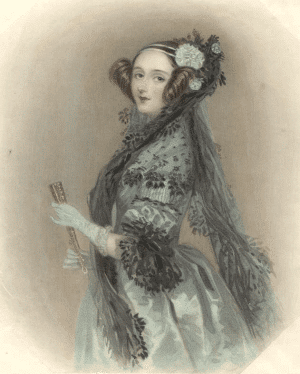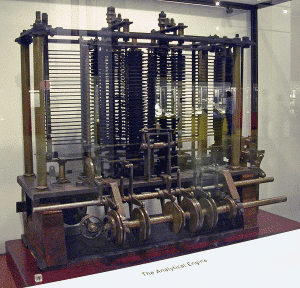The famous remarks, however, are also part of the controversy surrounding them. By now it seems quite clear that most or all of the calculation of the Bernoulli numbers came from Babbage and were merely written down in the Notes.
Nevertheless, many of her remarks have become very well known. Ada Lovelace noted that she saw great potential in the machine and predicted areas of application that were still mere theory at the time. She spoke, for example, of the machine being able to calculate virtually anything that could be formalized and even write its own pieces of music:
The engine might compose elaborate and scientific pieces of music of any degree of complexity or extent.
These remarks describe the potential of the engine as that of a computer. However, her objection that the Analytical Engine could not have cognition was later called “Lady Lovelace’s Objection” by Alan Turing and still preoccupies scientists around the world in the field of artificial intelligence.

